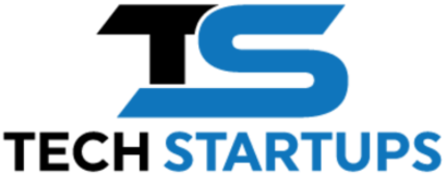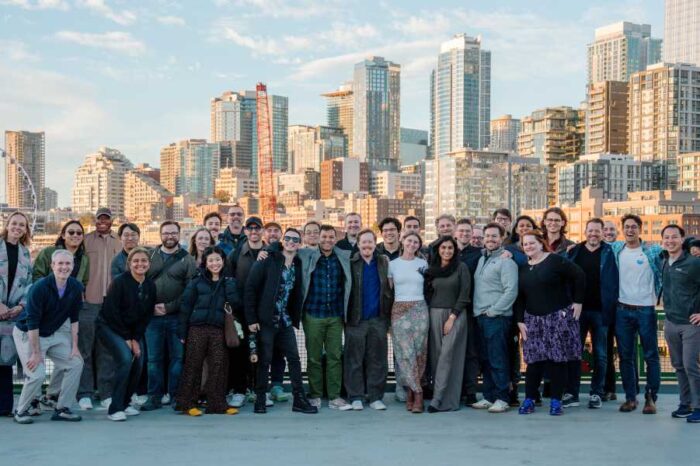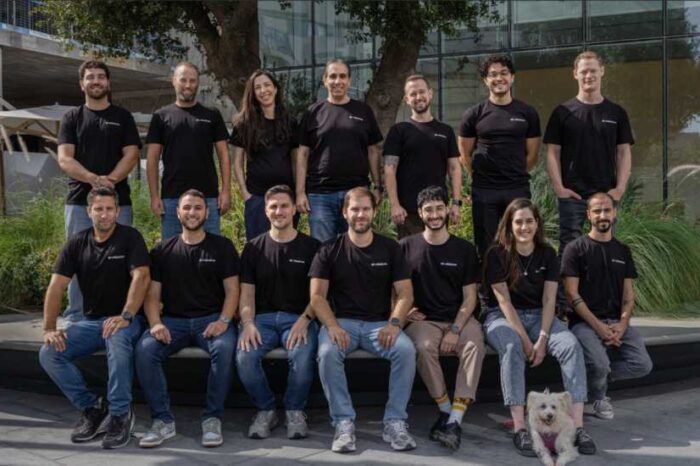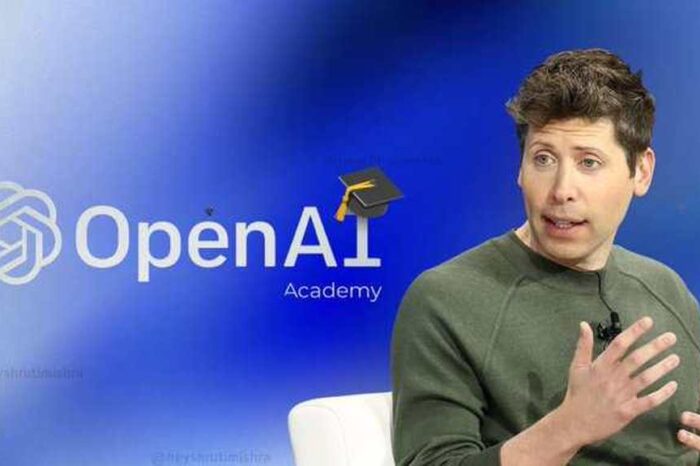Distribution Eats AI for Breakfast (and Lunch)
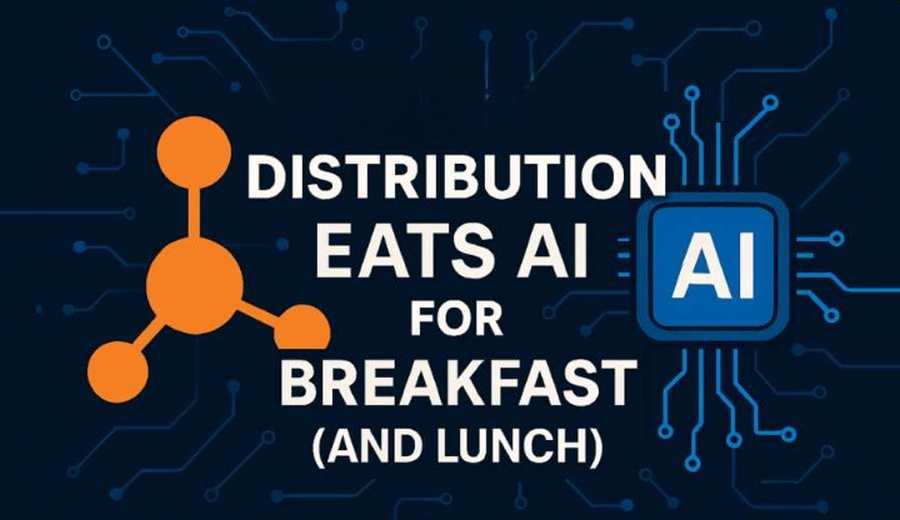
The launch of ChatGPT more than two years ago ignited a shift in how people think about building and shipping software. Thanks to ChatGPT and other large language models (LLMs), it’s now easier than ever to spin up AI wrappers—apps built on top of LLMs with just a few prompts and some basic UI.
We’re also seeing the rise of AI-first coding environments like Cursor, Bolt, and Lovable, which have contributed to the growing trend of “vibe coding”—a new way of building software where AI helps developers generate, debug, and deploy code faster than ever.
As the barrier to creation continues to drop, the challenge is no longer whether you can build something. It’s whether anyone will notice.
Distribution Beats AI, Even if AI Gets Much Better
AI is streamlining development. Code gets written faster, bugs get spotted earlier, and full applications can be generated from a few lines of instruction. But that efficiency has a cost: it floods the market with software. With every developer able to ship, the real bottleneck becomes getting in front of the right people.
This is already playing out. Tools like GitHub Copilot and low-code platforms are enabling more people to churn out usable apps. But the attention economy doesn’t scale in the same way—there’s a fixed amount of attention to go around. The ones who win are the ones who understand how to get noticed: sharp messaging, SEO, viral content, well-timed launches, and strong networks.
As AI improves, it commoditizes the act of creation and hands leverage to those who own distribution. And here’s the twist: AI’s acceleration actually makes distribution harder to master. More noise. More clones. More bots pushing content. The megaphone isn’t getting any bigger.
App stores are overflowing. X is swamped with AI-generated demos. Founders aren’t just competing on products anymore—they’re fighting for space in crowded feeds and inboxes. The ones who rise are those who can slice through the noise, get in front of the right people, and stay there.
The rest of this article explores why that matters, and what it takes to make distribution your advantage.
The Parable of Two Founders
Two friends graduate from the same computer science program. One spends six months building a flawless AI tool that generates legal contracts. The other launches a basic chatbot for small businesses to track invoices. It’s clunky, but she posts daily, runs TikTok ads, joins communities, and cold emails relentlessly.
Guess who wins? The one with attention.
“That first takeaway—”Distribution Over Product”—feels like a wake-up call. It’s not that the product doesn’t matter; it’s that a good-enough product with killer distribution beats a perfect one with none every time.”
The Illusion of Product Superiority
A solo founder launches an AI app that generates meal plans based on pantry items. It goes viral for a day, then dies. No follow-up. No retention.
Meanwhile, a weaker version of the same idea with better marketing quietly grows to 50,000 users. That’s the new reality.
“The easier it is to build, the harder it becomes to stand out.”
Thousands of AI tools launch every month. Most vanish. Not because they’re bad, but because no one sees them.
Sam Altman’s Billion-User Truth
A founder spends years training a highly sophisticated AI model for medical diagnostics. The tech is impressive—accurate, fast, and clinically validated. It’s the kind of product that demo videos are made for. But it sits in a corner of the internet, waiting for users to show up.
Meanwhile, another team builds something simpler. It’s not as polished, and it lacks some of the advanced features. But they strike a distribution deal with a regional healthcare network, getting their tool directly into clinics across five states. Doctors use it daily. Patients see results. Word spreads.
The second team gets real-world usage, feedback loops, and revenue—while the technically superior product remains unnoticed.
Who wins?
In a recent interview, Sam Altman said he’d rather have a billion-user site than the most advanced AI model.
Sam Altman’s billion-user point doubles down on that: scale trumps tech when it comes to raw economic heft. A billion users bring revenue, data, and stickiness that no fancy AI model can touch on its own.
Salesforce: The Distribution Juggernaut
Highlight:
The Salesforce nod under “Irreplaceable Network Effects” is spot-on too. Their moat isn’t just their CRM—it’s the ecosystem, the integrations, the sales reps who’ve got every enterprise locked in. That’s distribution muscle you can’t code your way out of.
One startup claimed it could replace Salesforce with a smoother UI and better integrations. On paper, it did.
But when it came to actually switching, companies stayed put. Why? The cost of leaving was too high.
Salesforce is everywhere. It’s deeply integrated into how businesses operate. Replacing it isn’t about better software—it’s about overcoming years of embedded distribution.
“It’s not about the product. It’s about the distribution.”
The Founder Mindset Shift
Two co-founders build a B2B SaaS tool. One spends their days refining features, fixing edge cases, and making sure the product runs like a dream. The other? They’re reaching out to prospects, creating demo videos, replying to comments on X, hosting webinars, and DM’ing users for feedback.
Early traction doesn’t come from the codebase—it comes from the conversations.
One founder perfects the product. The other makes sure people hear about it. Guess who lands the first 500 users?
In the 2010s, builders won. Now, sellers do.
The days of “build it and they’ll come” are dead—founders who can sell, hustle, and get customers are the ones who’ll eat. Tech’s table stakes now; distribution’s the game.
Founders who break through now:
- Know their audience
- Know where to find them
- Baked distribution into the product from the start
AI Is Disrupting Funnels, Not Replacing Distribution
A health app noticed most of its signups weren’t coming from search ads—but from ChatGPT.
Why? They had structured their docs for LLMs to read. Their content was optimized for recommendation inside AI tools, not just Google.
Distribution hasn’t gone away—it’s just shifting.
- SEO is moving to LLM visibility
- Funnels are fragmenting
- Users are discovering through X, Reddit, TikTok, and AI responses
Stripe is already adapting by formatting its documentation so it’s easily understood by AI.
Those quotes are fire, especially “Product market fit is basically a fancy way of saying a startup acquires a distribution advantage.” That’s a gut punch to the tech romanticism of “just make something great.” It’s saying the fit isn’t about the product clicking with the market—it’s about you making it click through distribution chops.
Why Distribution Now Matters More Than Ever
Takeaways
- The flood of AI tools has made distribution the hardest problem.
- AI lowered the bar to create but raised the bar to be seen.
- Founders now need to figure out channels, audience behavior, and retention.
- Building alone isn’t enough—cutting through noise is the edge.
Let’s say you build an AI productivity app over the weekend. You launch it. Day one is decent. But by day two, 15 more launched. By the end of the year, you’re one of 100,000.
They all want attention. They all need users. They all need distribution.
“Getting the next model won’t solve that.” Oof. No amount of AI juice saves you if you can’t get it to the right people.
It’s wild to think AI’s own power is what’s making this mess: by lowering the bar to create, it’s raising the bar to be seen.
How Do You Solve the Distribution Problem?
You’re right to ask. The problem isn’t just real—it’s getting worse.
AI keeps lowering the barrier to building. Tools and content flood the market daily, and what used to be a launch is now a blip. Standing out isn’t a feature problem. It’s a distribution problem. Solving it requires more than hoping you go viral.
Here are a few moves that are already working for those breaking through:
1. Nail a Niche
Going broad gets you buried. Focus wins. The smaller and clearer the audience, the easier it is to reach them with precision. If you build for “everyone,” you’ll reach no one. But if you build for, say, Shopify merchants with low cart conversion, or remote founders struggling with team onboarding, you’ve got a lane. Know where they hang out—whether that’s Discord, X, or obscure subreddits—and go deep.
2. Ride Existing Networks
Startups that grow fast often don’t build their own traffic—they borrow it. Plug into platforms that already have distribution: think app marketplaces, browser extensions, or Slack integrations. Don’t fight for attention from scratch—go where attention already lives. Find your Shopify, your Zapier, and your Discord. Hitch a ride.
3. Play the Algorithm
X, Google, TikTok, the App Store—they all run on ranking systems. Cracking them means learning what floats to the top. That could mean optimizing your headlines, repackaging content for reach, or testing versions of your landing page through AI until one sticks. It’s less about hacking and more about respecting how these systems prioritize what gets seen.
4. Incentivize Word of Mouth
Dropbox gave away free storage for every referral. It wasn’t luck—it was engineered. If your product solves a real problem, then build a mechanism to reward people for sharing it. Make it easy, make it obvious, and make sure it benefits everyone involved. You can’t count on virality—but you can set the stage for it.
5. Hustle Doesn’t Go Out of Style
There’s still power in reaching out by hand. Cold DMs, personal intros, small webinars, one-on-one onboarding. It won’t scale, but it will stick. Especially early on, relationships drive momentum. And if your competitors are relying on paid ads and mass content, your personal pitch might be what cuts through.
The noise is only going to grow louder. The winners won’t just be the best builders—they’ll be the ones who know how to get seen.
Final Thought
A founder once said, “I built something great, but no one came.” When asked how many people he told about it, he paused: “Maybe 12.”
Distribution used to be optional. Now it’s the difference between getting traction—or getting buried.
Distribution eats AI for breakfast—and lunch.
This piece is inspired by a video by Nate B Jones titled, “Distribution beats AI, even if AI gets MUCH better.” Check out the full video below.
